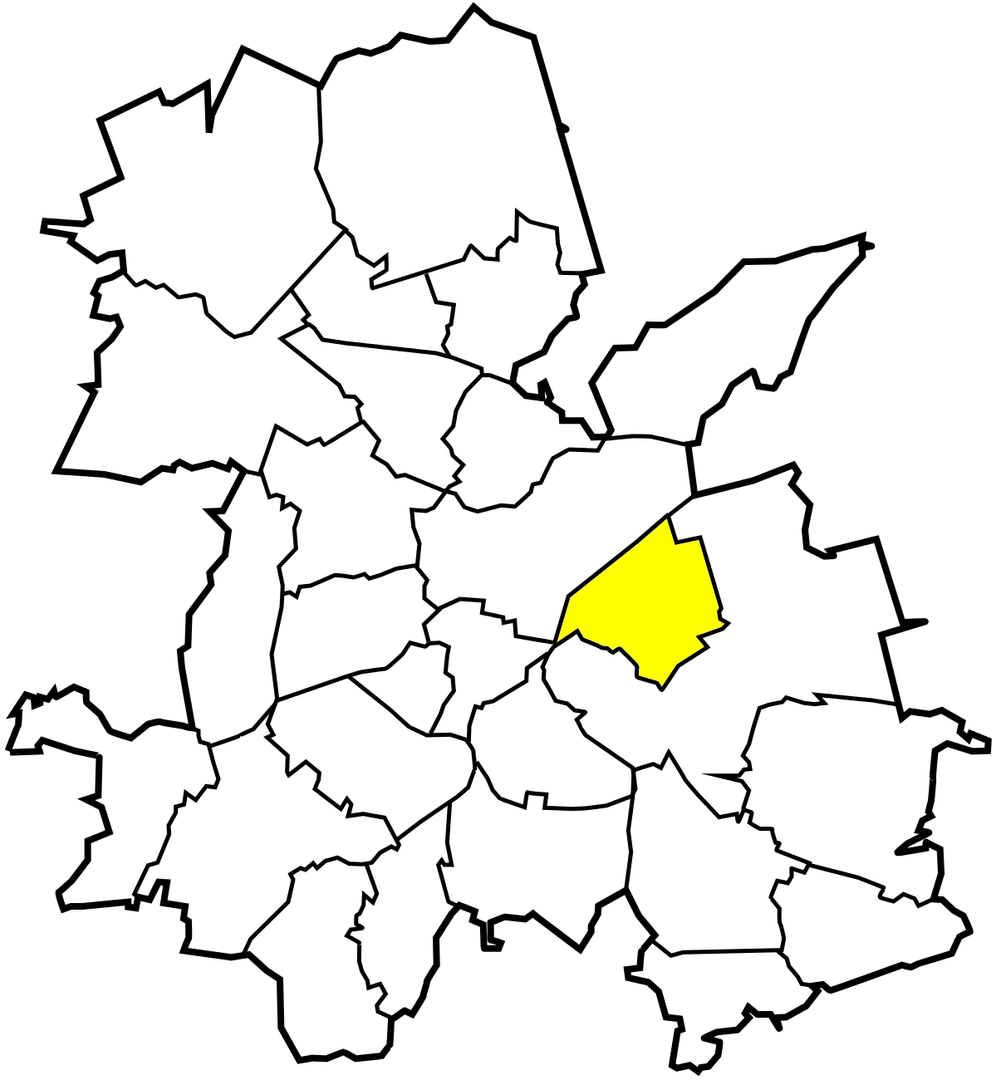Paruszowiec-Piaski
6.35

Overview
Paruszowiec-Piaski is a district of Rybnik with a rich history dating back to pre-urbanization times when it was a separate village. The name Paruszowiec likely derives from the name Parus, while Piaski refers to the sandy soil characteristic of the area. In 1753, a steel mill was established in Paruszowiec, later known as Huta Silesia, which played a key role in the industrial development of the region. The district was home to significant industrial plants, contributing to the creation of workers' housing estates, such as "familoki" – brick residential buildings for employees. Modern-day Paruszowiec-Piaski features historical structures, including remnants of Huta Silesia and a workers' housing estate, which serve as attractive testaments to local history. The district is well-connected, with railway stations and a bus network ensuring easy accessibility for residents. In recent years, controversies arose over plans to build a coal mine, which were met with resistance from the local community and city authorities, ultimately leading to the project's cancellation. In terms of culture and recreation, Paruszowiec-Piaski boasts a brine graduation tower, a newly built pier over a fishing pond, and a network of walking and cycling paths, promoting active leisure. The district also has sports traditions, being the site of the first American football match played by the Rybnik Thunders team. It is also home to numerous influential residents, including Olympian Ryszard Kucjas and speedway rider Andrzej Wyglenda, who have contributed to the local sports history. Paruszowiec-Piaski is a place that blends tradition, industry, and modernity, creating the unique character of this district.
Location
2025 Wizytor | All Rights Reserved